African violets are beautiful houseplants with soft leaves and colorful flowers. But even though they’re popular, they can be a little picky. If your African violet isn’t blooming, has weird spots, or just looks unhappy, don’t worry—you’re not alone! In this post, we’ll go over the most common African violet problems and how to fix them so your plant can thrive.
🌸 1. African Violet Not Blooming
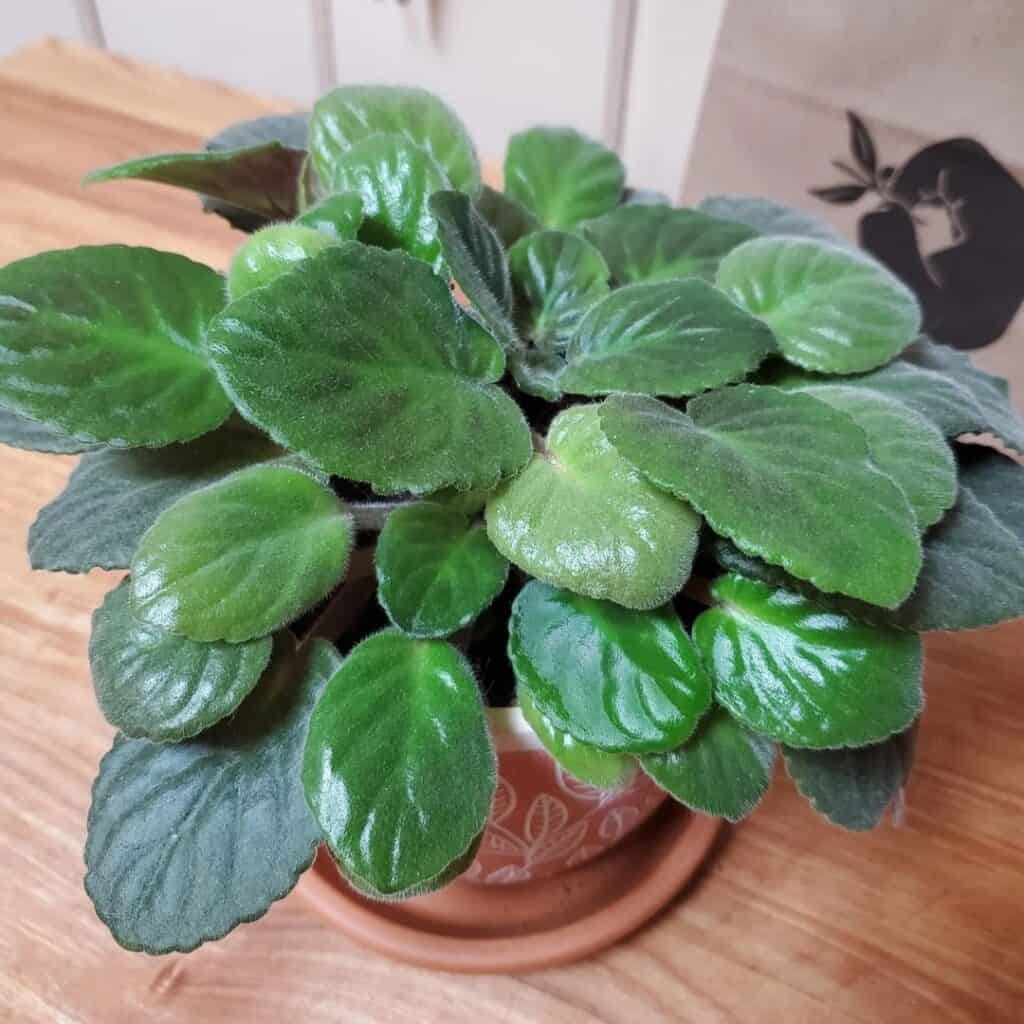
Problem: Your plant has healthy leaves but no flowers.
Causes:
- Not enough light
- Too much nitrogen in fertilizer
- Old or crowded leaves
- Wrong temperature
Fixes:
- Move your plant to a bright spot with indirect sunlight.
- Use a fertilizer with more phosphorus (like 15-30-15).
- Remove older leaves to encourage new growth.
- Keep the room between 65–75°F (18–24°C).
💧 2. Yellow or Pale Leaves
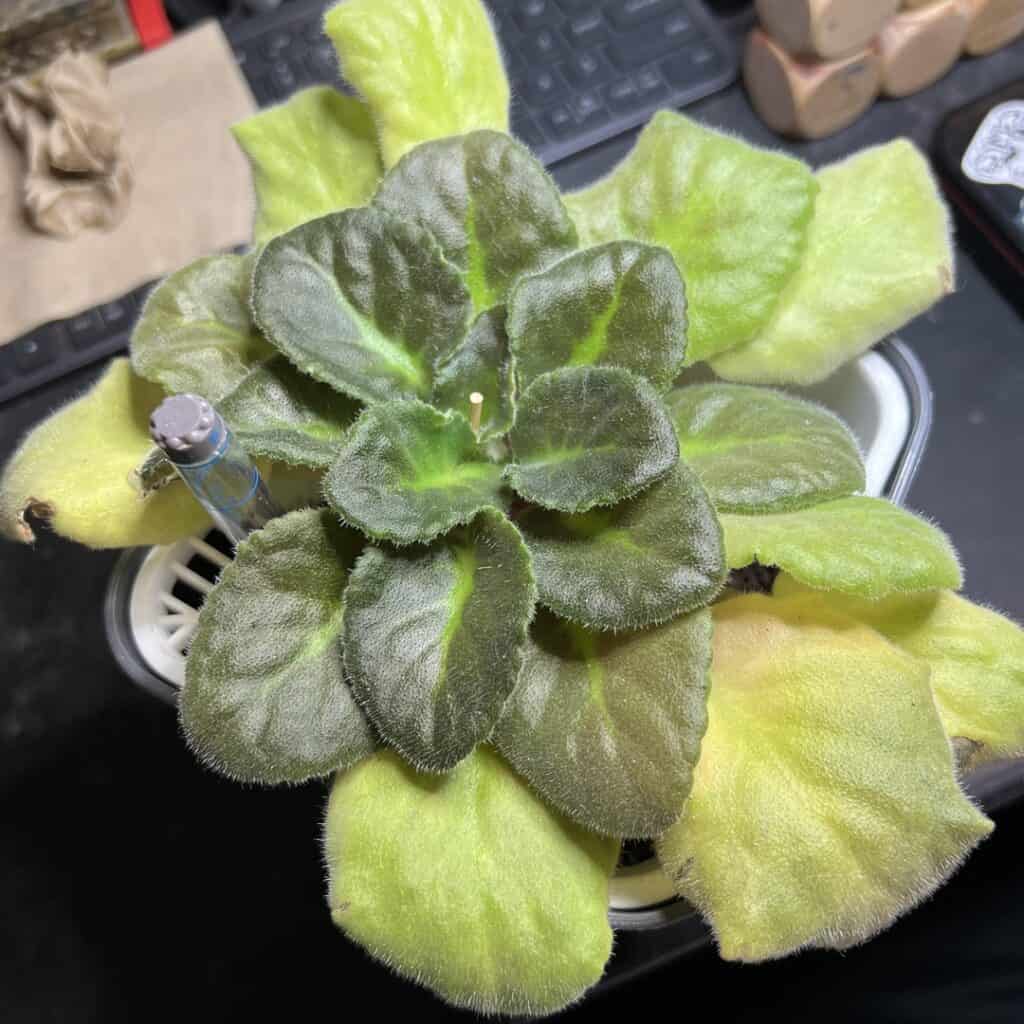
Problem: Leaves are turning yellow or losing their green color.
Causes:
- Overwatering or underwatering
- Poor drainage
- Lack of nutrients
- Too much direct sunlight
Fixes:
- Water only when the topsoil feels dry.
- Use pots with drainage holes or self-watering African violet pots.
- Feed with balanced African violet fertilizer.
- Avoid placing your plant in harsh sunlight.
🦠 3. Leaf Spots or Mold
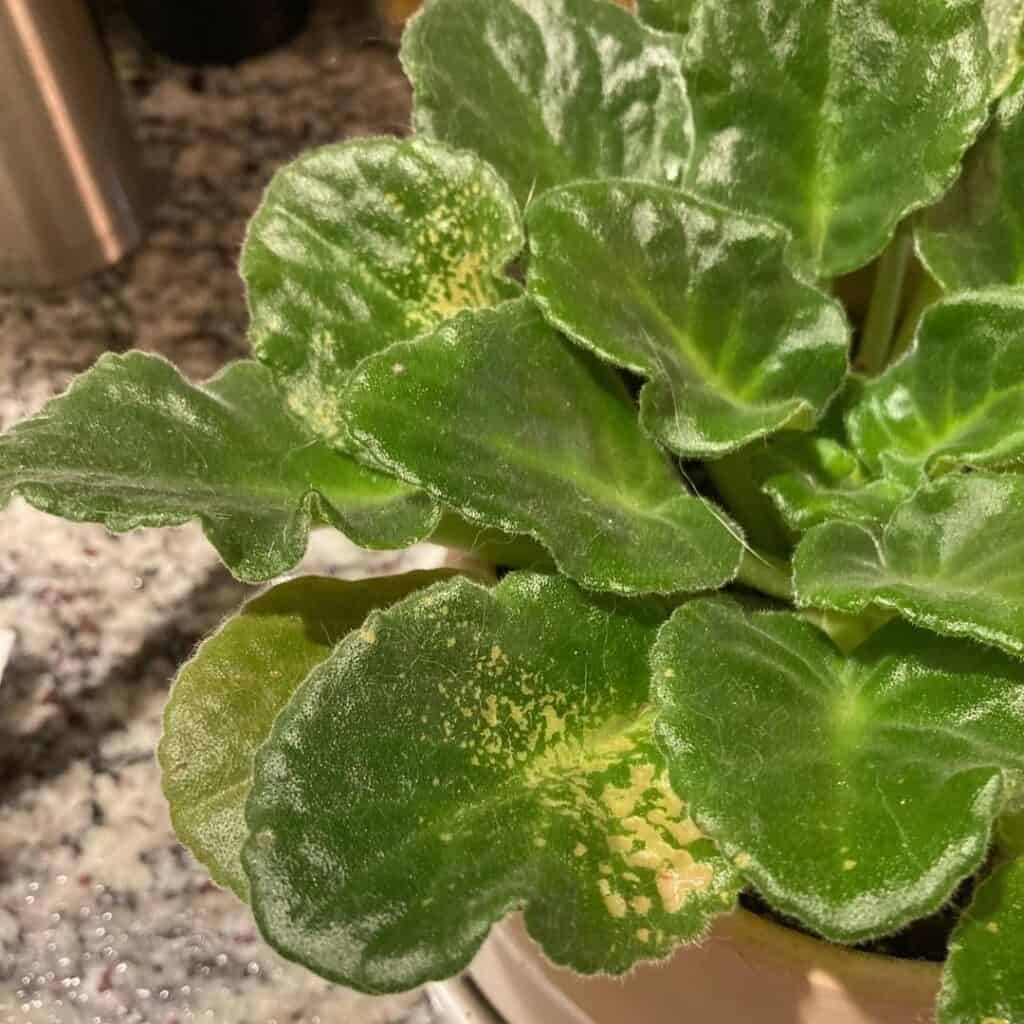
Problem: Leaves have brown spots, fuzzy mold, or look mushy.
Causes:
- Water on leaves
- High humidity with poor airflow
- Fungal or bacterial infection
Fixes:
- Water from the bottom to keep leaves dry.
- Improve air circulation around the plant.
- Remove affected leaves and use a gentle fungicide if needed.
🪴 4. Root Rot

Problem: Plant looks wilted even though the soil is wet.
Causes:
- Overwatering
- Poor drainage
- Soil that stays soggy
Fixes:
- Repot using fresh, well-draining soil.
- Use African violet pots with proper drainage.
- Water less often and let the soil dry slightly between waterings.
🐛 5. Pests (Like Mealybugs or Thrips)
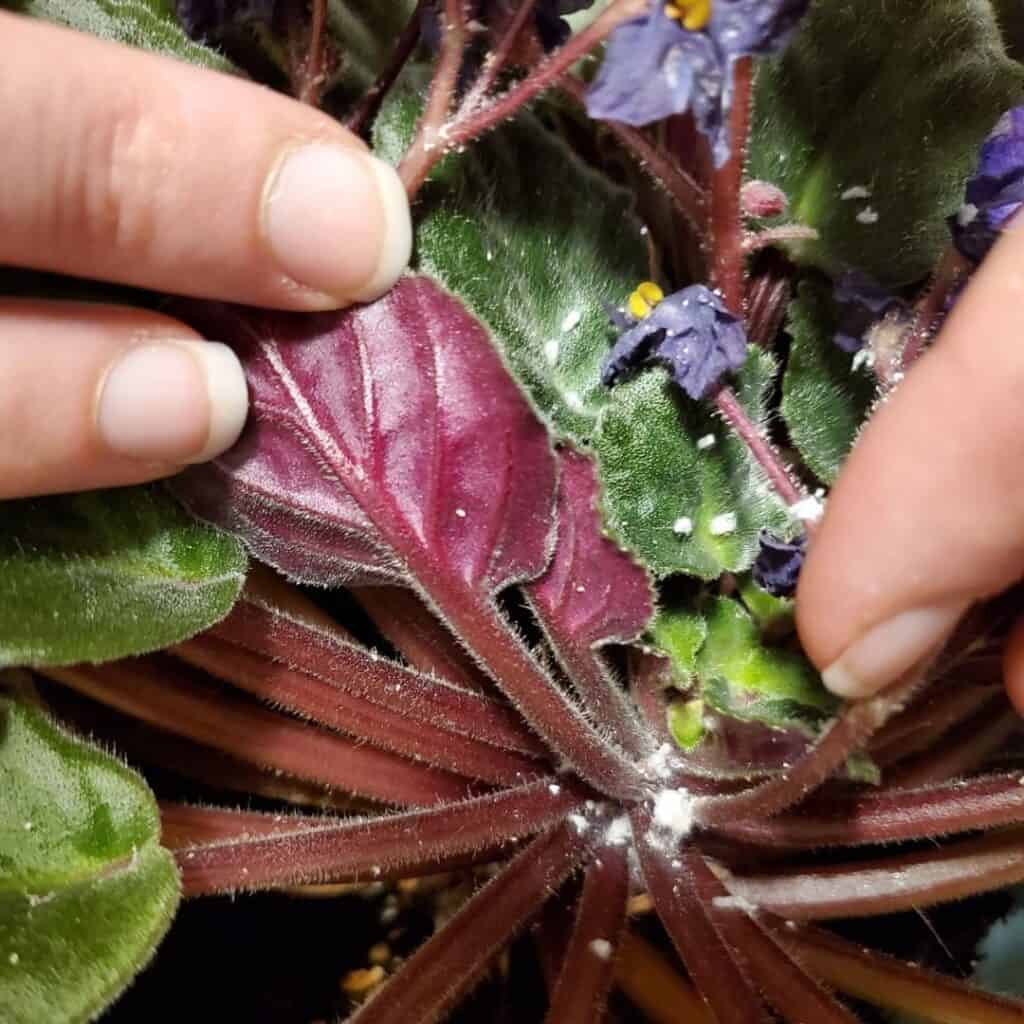
Problem: Tiny bugs on leaves or flowers, sticky residue, or damaged blooms.
Causes:
- Infestation from nearby plants
- Poor hygiene or overcrowding
Fixes:
- Isolate the plant and remove pests with a cotton swab dipped in alcohol.
- Use insecticidal soap or neem oil.
- Keep your growing area clean and check new plants before adding them.
🌿 6. Stunted Growth
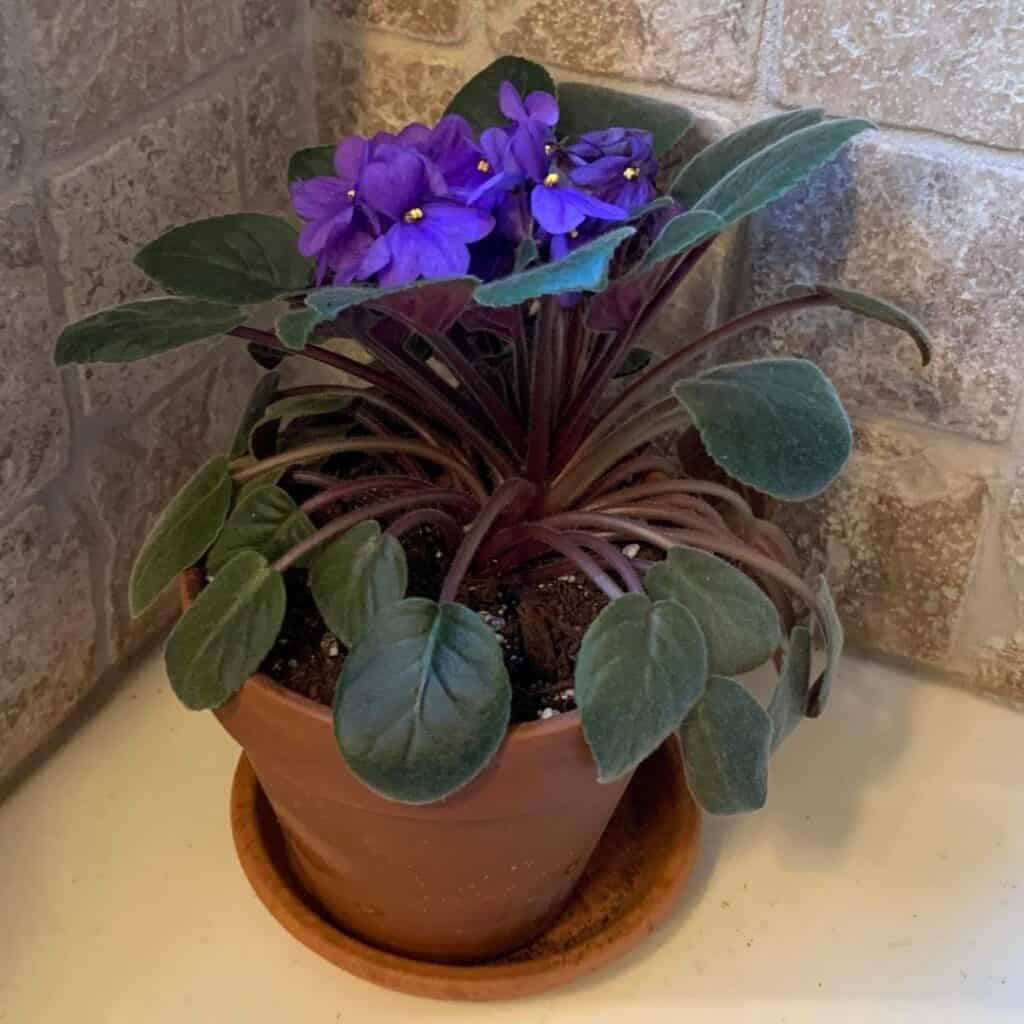
Problem: Your African violet isn’t growing or looks small and weak.
Causes:
- Lack of nutrients
- Wrong pot size
- Poor lighting
Fixes:
- Feed regularly with African violet fertilizer.
- Repot if the plant is root-bound or in a pot that’s too big.
- Provide bright, indirect light for at least 8–12 hours a day.
🧪 Bonus Tip: Watch for Salt Buildup
Problem: White crust on soil or pot edges.
Cause: Fertilizer salts building up over time.
Fix: Flush the soil with plain water every few months to wash away excess salts.
🌼 Final Thoughts
Caring for African violets can be easy once you understand their needs. Most problems come from watering, lighting, or feeding mistakes—but the good news is, they’re all fixable! With a little attention and the right care tips, your African violet plants will reward you with gorgeous blooms and healthy growth.
